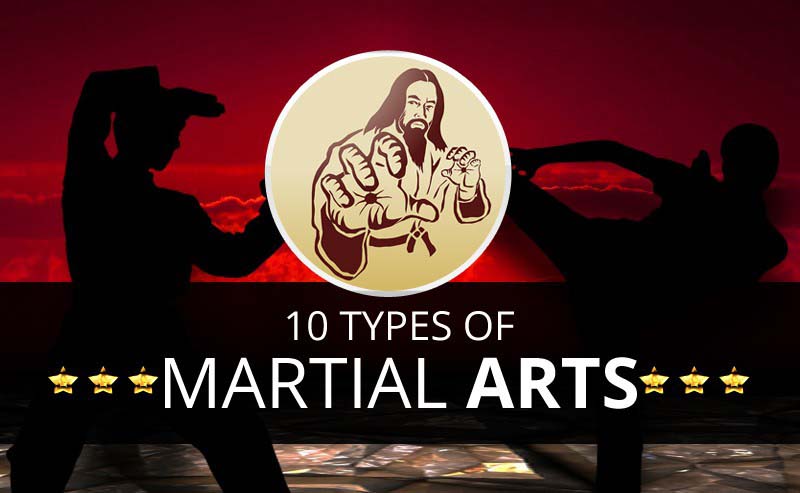The Development And Historical Context Of Martial Arts Worldwide
The Development And Historical Context Of Martial Arts Worldwide
Blog Article
Produced By-Hess Vick
Martial arts have a fascinating history that extends centuries and continents. You could find it appealing just how old practices like Shuai Jiao and Kalaripayattu prepared for modern combat techniques. These techniques not just emphasize physical skills but likewise mirror the cultures that birthed them. As russian martial arts discover their development, think about exactly how globalization has transformed these conventional kinds right into crossbreed styles. What influences do you believe have shaped today's martial arts landscape?
Ancient Martial arts: The Foundations of Combat
As you look into the world of ancient martial arts, you'll discover the abundant foundations that formed battle strategies throughout cultures. Early practices focused on Self-Defense and survival, commonly incorporating strikes, hurting, and weapons.
In ancient China, as an example, strategies like Shuai Jiao stressed throws and joint locks, while India's Kalaripayattu showcased agility and liquid activity. Japanese samurai created Kenjutsu, a polished swordsmanship that highlighted self-control and technique.
These martial arts served not just for battle but likewise as a means of individual growth, instilling values like regard and determination. The blending of these techniques in time laid the groundwork for the varied martial arts you see today, each showing the special viewpoints and requirements of its culture.
The Cultural Impact on Martial Arts Development
While martial arts frequently mirror the practical requirements of a society, they likewise symbolize the social values and beliefs of their origins. When you check out various martial arts, you'll discover how they're affected by religious beliefs, viewpoint, and social norms.
As mouse click the following webpage , the emphasis on respect and self-control in Japanese martial arts comes from Zen Buddhism and samurai culture. In contrast, Brazilian Jiu-Jitsu promotes adaptability and method, shaped by the requirement for effectiveness in a varied, modern atmosphere.
You may find that the routines, uniforms, and training techniques reflect an area's history and identity. By comprehending these cultural influences, you grow your gratitude of martial arts and their function fit human experiences across the globe.
Modern Adaptations and the Globalization of Martial arts
Martial arts have changed significantly in recent decades, adjusting to modern culture and worldwide influences. You'll notice that traditional forms have combined with modern strategies, creating hybrid styles like MMA. These adaptations cater to varied audiences, making martial arts available and appealing worldwide.
With the increase of social media sites and digital systems, you can find tutorials and competitions from all edges of the world, damaging geographical obstacles. This globalization has actually caused a common admiration for different techniques, from Brazilian Jiu-Jitsu to Taekwondo.
As you engage with these arts, you'll realize they're not practically fight; they advertise fitness, technique, and psychological wellness.
Inevitably, contemporary adaptations have actually improved the martial arts landscape, making it a vibrant and evolving method.
Conclusion
In exploring the history and development of martial arts, you discover an interesting blend of strategies, cultures, and philosophies. From ancient self-controls like Shuai Jiao and Kalaripayattu to the modern adaptability seen in MMA, martial arts reflect humankind's quest for Self-Defense and personal development. As you engage with these practices, you not just get skills however also a deeper appreciation for the varied customs that form our globe today. So, proceed your trip and welcome the art of battle!
